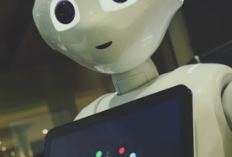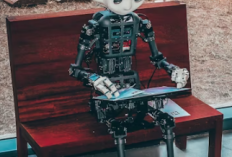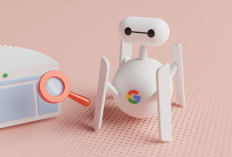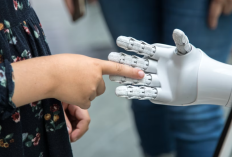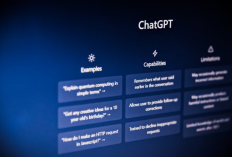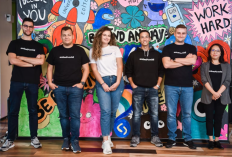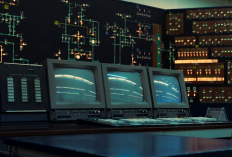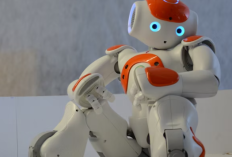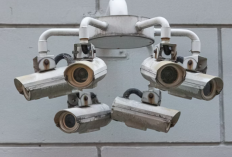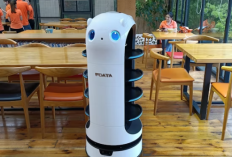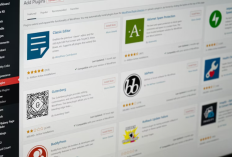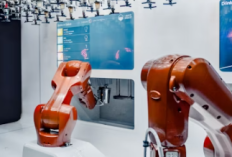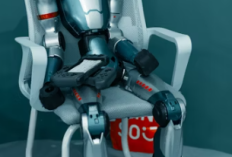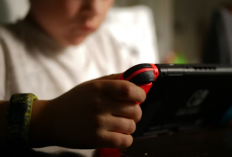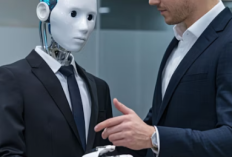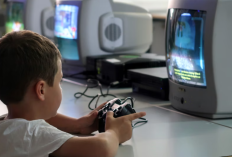Artificial Intelligence Robotics Merge Creating the Future Workforce
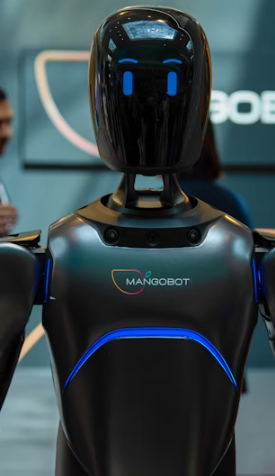
The Future is Already Watching You The future isn't coming - it's already here, and it's looking right at you. This humanoid robot represents the seamless fusion between human intelligence and machine precision, designed to assist, understand, and evolve.-Luan Fonseca-https://unsplash.com/
Artificial Intelligence Robotics Merge Creating the Future Workforce
In a quiet warehouse on the outskirts of Tokyo, a humanoid robot carefully stacks fragile glass panels with movements so precise they resemble ballet. No human operator guides its arms. Instead, it learns, adjusts, and communicates with nearby machines — each powered by artificial intelligence. This scene, once science fiction, is now a glimpse into the reality of tomorrow’s workforce, where robots don’t just follow orders — they think.
The Fusion of Two Revolutions
For decades, robotics and artificial intelligence evolved on parallel paths. Robots offered mechanical precision; AI offered digital cognition. But until recently, these worlds rarely converged in meaningful ways. Robots were strong but dumb; AI was smart but immobile. The real breakthrough came when machine learning systems began controlling mechanical bodies, giving rise to a new generation of autonomous, adaptive machines.
When Boston Dynamics showcased robots dancing in perfect rhythm, the world was amazed. But behind the entertainment was a profound shift — AI wasn’t just processing data anymore; it was interpreting the physical world. The integration of computer vision, reinforcement learning, and sensor-driven reasoning allowed machines to navigate unpredictable environments and make decisions in real time. Factories, hospitals, and even restaurants started to see robots not as tools, but as partners.
From Assembly Lines to Collaborative Teams
In the early days of industrial automation, machines replaced repetitive labor. Now, with AI integration, robots are becoming co-workers rather than replacements. The modern term for this partnership is “cobotics” — collaborative robotics — where humans and robots share the same workspace, complementing each other’s strengths.
In Germany’s automotive sector, for example, cobots handle heavy components while human engineers focus on precision fitting. In hospitals, AI-assisted robotic nurses deliver medications and monitor patient vitals while nurses concentrate on care. Even agriculture has joined the movement, with intelligent drones analyzing soil data and autonomous harvesters predicting crop yield through AI algorithms.
Key sectors embracing AI-robotic collaboration include:
- Manufacturing: Smart robots detect defects, predict maintenance, and optimize workflows in real time.
- Healthcare: Surgical robots guided by AI algorithms perform procedures with accuracy beyond human capability.
- Logistics: Autonomous delivery systems and warehouse drones manage inventory faster than ever before.
- Construction: AI-driven robots print concrete layers for entire buildings, accelerating project timelines.
Learning Through Experience, Not Programming
Traditional robots relied on scripts — predictable sequences of commands that failed when reality deviated. But AI-powered robots don’t just execute; they learn. Using reinforcement learning and massive sensor data, they refine their performance like human apprentices. Each mistake becomes a lesson, each movement a dataset for future optimization.
Take the example of robotic arms in electronics manufacturing. Instead of needing thousands of manual calibrations, these systems now use AI to adapt to subtle changes — a misaligned screw, a new circuit design, a variation in material density. The machines literally “feel” their way to success through feedback loops. It’s evolution at the speed of computation.
The Human Factor: Redefining Work, Not Erasing It
Every industrial revolution sparks fear of job loss. The AI-robotic merger is no exception. But experts argue that while machines will undoubtedly replace certain roles, they’ll also create new categories of employment centered on creativity, management, and ethics. Humans will move from doing the work to designing how the work is done.
Imagine an assembly floor managed not by supervisors, but by AI coordinators that distribute tasks dynamically. Humans oversee these systems, ensuring efficiency aligns with empathy and purpose. A robot might perform the heavy lifting, but a human still provides context — the “why” behind the “how.”
This shift marks the beginning of what some call Industry 5.0 — a stage where technology empowers rather than replaces people. Machines handle the mechanical; humans handle the meaningful.
Emerging job roles in the AI-robotic era include:
- AI Ethics Supervisors ensuring fairness and accountability in autonomous decision-making.
- Human-Robot Interaction Designers shaping emotional and behavioral interfaces.
- AI Systems Trainers providing feedback loops for ongoing learning improvement.
- Digital Operations Managers coordinating hybrid human-machine workflows.
The Rise of Emotionally Intelligent Robots
Beyond physical labor, AI is giving robots the ability to read human emotion. Facial recognition, speech analysis, and body language interpretation allow robots to respond in socially intelligent ways. In Japan, elder-care robots equipped with AI-driven empathy models can detect loneliness and initiate conversation. In retail, service bots adjust tone based on customer mood. The line between mechanical function and emotional understanding is thinning rapidly.
These advancements aren’t about pretending robots are human — they’re about making machines more humane. When a robot pauses because it detects hesitation or frustration in a worker’s expression, it represents a profound step forward in coexistence. The goal isn’t dominance, but harmony.
Challenges and Ethical Questions
With power comes complexity. The integration of AI and robotics raises pressing questions about accountability, safety, and trust. If an autonomous robot makes a harmful decision, who bears responsibility — the programmer, the manufacturer, or the algorithm itself? These are not philosophical curiosities anymore; they are legal frontiers shaping the governance of the future workforce.
Privacy is another concern. AI-driven machines constantly collect data to improve performance. In doing so, they observe workers, record movements, and analyze behavior. Balancing performance efficiency with human dignity will become one of the most crucial debates of the next decade.

